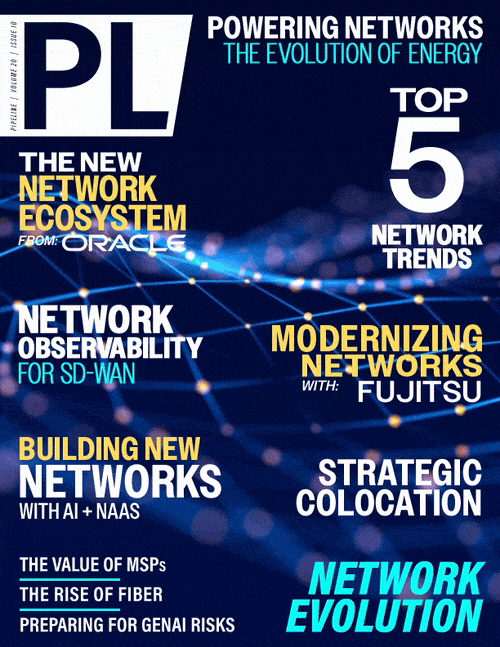Powering the Future: The Evolution
of Energy in Data Centers
Small Modular Reactors (SMR): Nuclear energy offers a source of carbon-free energy with a generation profile which may match nicely with data centers’ historically high load factors.
Microgrid and energy storage are crucial adjacent technologies to on-site generation for data centers. Microgrids are localized grids that can operate in connection with or independently from the main electrical grid, depending on conditions. They can incorporate various power sources including renewables, fuel cells, and traditional generators, offering enhanced reliability and the ability to optimize power usage based on real-time conditions. On-site energy storage (most often batteries or thermal) can also be critical in achieving reliable and cost-effective operation of on-site power generation.
The AI Factor: Amplifying Power Demands
The rise of AI is a game-changer for data center power consumption. AI workloads, particularly those involved in training large language models, require significantly more computational power than traditional data center applications. This translates to substantially higher energy demands. Furthermore, as AI applications become more prevalent and sophisticated, their energy footprint is expected to grow exponentially. This presents both a challenge and an opportunity for the data center industry to innovate in power generation and efficiency.
AI workloads also present technical challenges as early workloads show significant variations in demand, something which can present reliability and cost challenges. This presents an opportunity for the industry to work together to collaborate to understand how AI hardware and software work and how it might be optimized for the entire data center ecosystem.
Sustainability and Efficiency: A Dual Imperative
As data centers embrace self-generation and alternative power sources, there's a growing emphasis on sustainability and efficiency. This focus is driven by both environmental concerns and economic imperatives.
Energy Efficiency Improvements: Despite the increasing computing power, data center energy consumption has remained relatively flat due to significant improvements in energy efficiency. The Power Usage Effectiveness (PUE) metric, which measures data center energy efficiency, has improved from an average of 2.5 in 2007, but has apparently hit a plateau of around 1.5. While newer, larger data centers are consistently more efficient than this plateau, there is room for industry improvement.
Cooling Innovations: Liquid cooling will be required for high-powered GPUs and should provide long-promised efficiency gains in both PUE (less facility fans and more efficient equipment) and in IT energy use (fewer server fans).
Renewable Energy Adoption: Many data center operators are setting ambitious goals for renewable energy usage. Strategies include on-site generation, power purchase agreements (PPAs), and investments in off-site renewable energy projects. This shift not only reduces the carbon footprint of data centers but also provides a hedge against future energy price volatility.
Indirect Energy Losses: When data centers are closer to the power generation, there are less line losses compared to data centers that receive all their power over long-distance transmission and distribution lines.


















